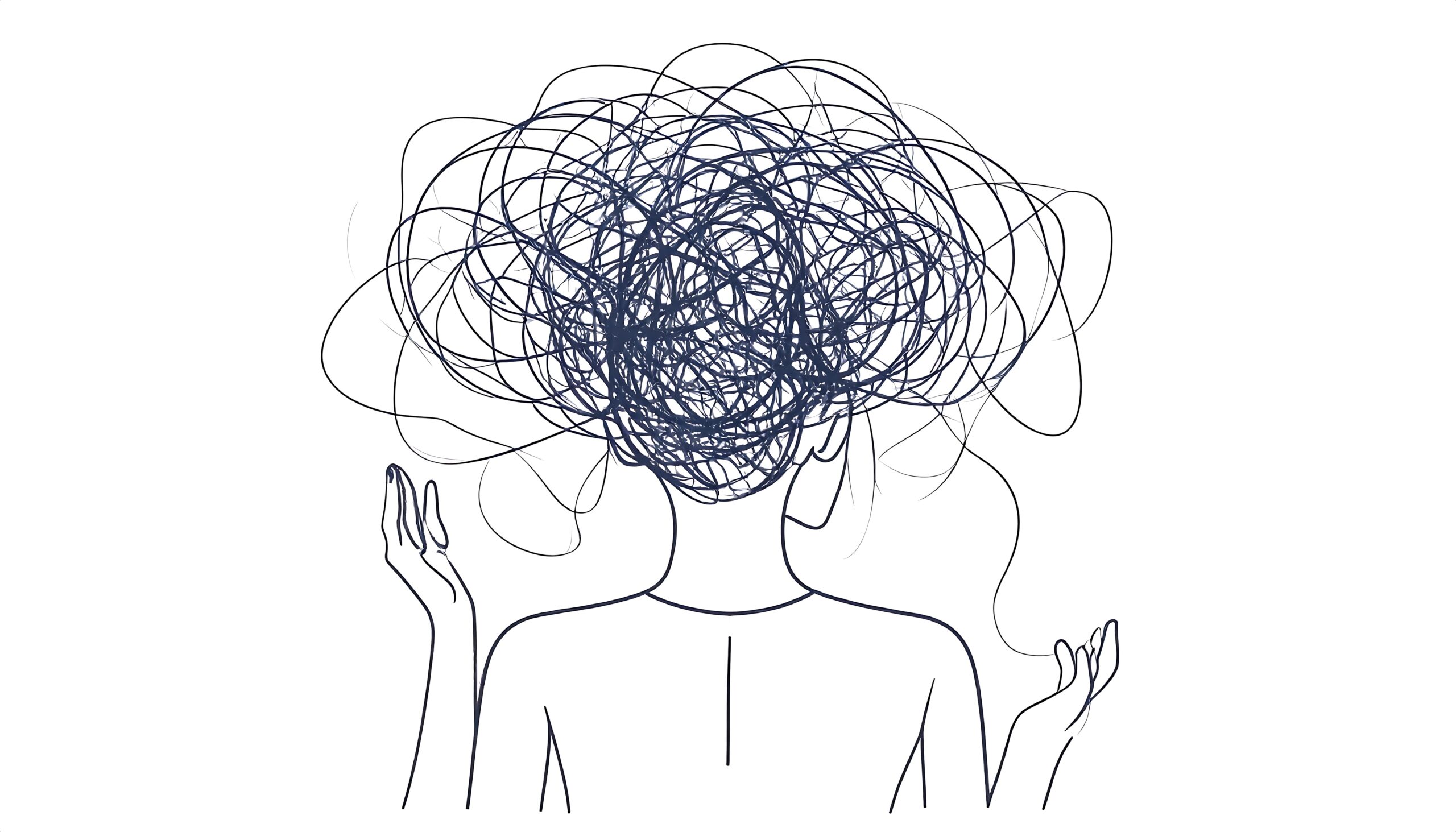By Marybeth Lebo
For as long as I can remember, art has been my refuge. It’s the place I go when life feels heavy, when the noise of the world is too loud, and when my mind needs a little space to breathe. Over the years, I’ve seen how powerful creative expression can be—not just for me, but for so many others. Art isn’t only about making something beautiful; it’s about creating a safe outlet for emotions, building resilience, and finding calm in the chaos.
In this post, I want to share why creative expression is so important for mental health and how it can help reduce stress while strengthening our ability to cope with life’s challenges.
The Link Between Art and Emotional Well-Being
Art gives our emotions a voice when words fall short. Whether you’re painting, sculpting, drawing, or even arranging flowers, you’re engaging in a form of self-expression that bypasses the analytical part of the brain and taps directly into feelings. This is why creating art can feel so freeing—it allows you to release emotions without needing to “explain” them.
When we engage in art, our brains also release dopamine, the “feel-good” chemical. That boost can improve mood, lower anxiety, and help us feel more grounded. It’s not magic—it’s simply the brain’s way of rewarding us for doing something that promotes well-being.
Art as a Stress Release
Stress builds up when we hold on to too much without letting it out. For many, art becomes a pressure valve. The repetitive motion of brushstrokes, the focus of sketching a line, or the physical act of shaping clay can all help shift our attention away from what’s stressing us and into the present moment.
This state—often called “flow”—is incredibly healing. When we’re in flow, time seems to fade, our breathing slows, and we lose ourselves in the process. It’s a natural form of meditation, and unlike traditional meditation, it’s active and tactile. That’s what makes it so accessible for people who find it hard to sit still with their thoughts.
Building Resilience Through Creativity
Resilience is our ability to bounce back from difficulties, and creativity plays a big role in building it. Every time we create, we face small challenges: a color that doesn’t mix the way we hoped, a shape that feels off, or a design that needs rethinking. These are problem-solving moments in disguise.
When we work through these small artistic challenges, we’re actually training our brains to be more adaptable and resourceful in life. Over time, the confidence gained from making creative decisions spills over into other areas. We start to think, “If I can figure this out in my art, I can figure this out in my life, too.”
Art as a Personal Sanctuary
In a busy, noisy world, art can be a sanctuary—a private space where you’re free from judgment and expectation. In my own practice, I’ve found that even 15 minutes with a sketchbook or canvas can reset my mood for the day.
This sanctuary isn’t about perfection. In fact, some of my most therapeutic pieces are ones I never showed to anyone. They were messy, raw, and honest—exactly what I needed at the time. Art for mental health is about the process, not the product.
How to Start Using Art for Stress and Resilience
You don’t need to be “an artist” to benefit from creative expression. Here are some simple ways to begin:
- Doodle freely. Keep a notebook handy and draw whatever comes to mind without judgment.
- Play with color. Use watercolor, pastels, or even crayons—focus on enjoying the shades and textures.
- Make something tactile. Try clay, collage, or fabric. The physical engagement can be calming.
- Join a community class. Sharing creative space with others can offer both social connection and inspiration.
- Create a ritual. Set aside regular time for your art, even if it’s just a few minutes a day.
The key is consistency, not skill level. Over time, the act of showing up for your creativity becomes an act of showing up for yourself.
The Ripple Effect of Creative Wellness
One of the most beautiful parts of using art for mental health is how it can ripple outward. When we take care of ourselves through creativity, we become calmer, more patient, and more compassionate toward others. We might even inspire those around us to explore their own creative outlets.
I’ve seen entire communities grow stronger through shared art projects—murals, exhibitions, workshops—because art connects people on a deeper emotional level. In that way, creative expression not only supports individual resilience but also builds collective resilience.
Art isn’t just a hobby; it’s a lifeline. It’s a way to check in with ourselves, process our emotions, and build the inner strength we need to navigate life’s ups and downs. By engaging with creativity regularly, we give ourselves permission to slow down, breathe, and reconnect with what truly matters.
If you’ve been feeling stressed or overwhelmed, I encourage you to pick up a brush, pen, or lump of clay and just start. Don’t worry about making something “good.” Focus on making something honest. You might be surprised at how much lighter you feel when you give yourself that gift.
In a world that asks us to go faster and do more, art reminds us to pause, reflect, and heal. And that, to me, is one of the greatest acts of resilience we can offer ourselves.
